Abstract Photography Walkthrough: What It Is & How To Make The Most Of It
Abstract photography usually falls into the fine-art photography category, simply because it has a unique purpose. Whereas other types of photography usually look to communicate something to the viewer, abstract photography doesn’t want to do that.
It simply wants to provoke a reaction by either engaging the viewer or exciting him.
This visual medium is also therefore somewhat open to interpretation. To some people, the definition of abstract photography can be quite subjective. See, in this genre, the content of the snapshot is secondary to the importance of elements like the lines, texture, colors and form as part of the overall composition. The end result is really only about visual stimulation.
That makes it very accessible for any photographer to jump into this genre, as all he really needs is a camera and his imagination. Here’s how to get the most from your foray into this genre.
1. Use Macro Photography
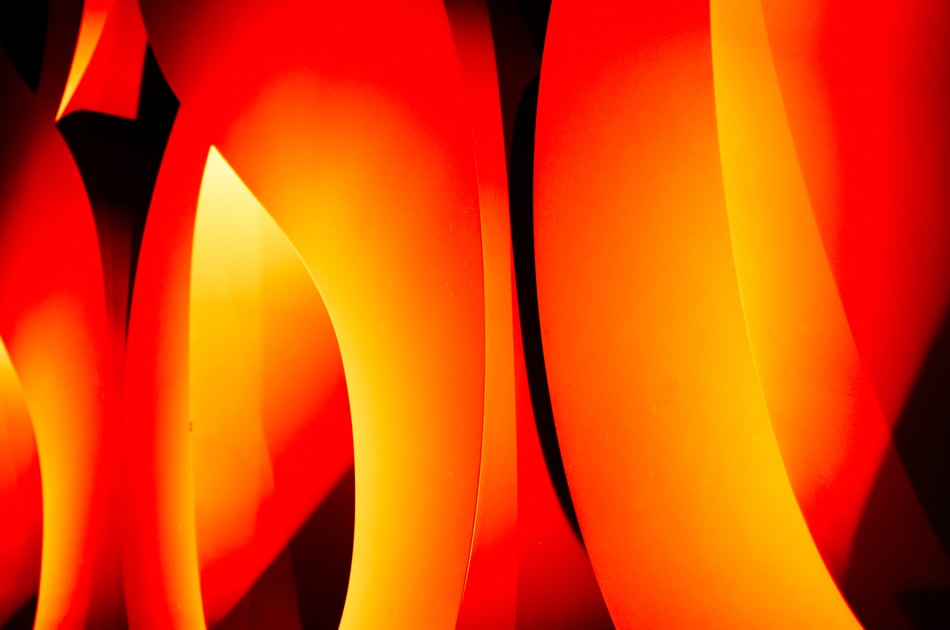
Here’s a quick recap: Macro photography is taking pictures of objects up close and personal, so that your viewers can enjoy seeing the type of detail that they usually can’t with only their naked eye. Each time, for instance, you see a picture of a tiny bee, blown up and up close, you’re looking at macro photography.
Macro lends itself very well to abstract photography since it’s all about the visual stimulation and provoking excitement in the viewers. The beauty of abstracting is dividing shots into specific sections, and macro is a perfect example of forgetting everything else and just zooming in really close on the subject.
Take a shot of an object and zoom in really close with a macro lens for a great image.
2. Focus on Color
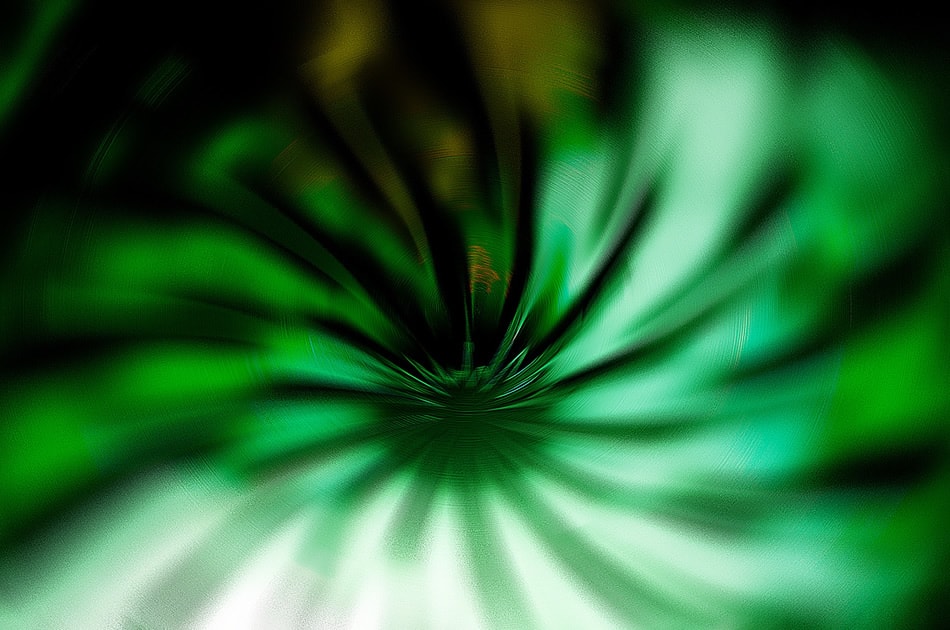
As far as visual elements go, color is likely one of the stronger pieces of your shot’s composition. That’s because color invariably draws viewers into your shot. Further, an object’s color provides immediate, visual clues as to what your viewers are glancing at, and this influences your audience’s mood and feelings when examining your picture.
When you utilize colors as a form of expression in your shots, you can get so much out of abstract photography. Of course, as with any beautiful painting, you want to really think about how you’re going to rely on color within the shot to bring elements that you want to the forefront.
3. Rely on Lines
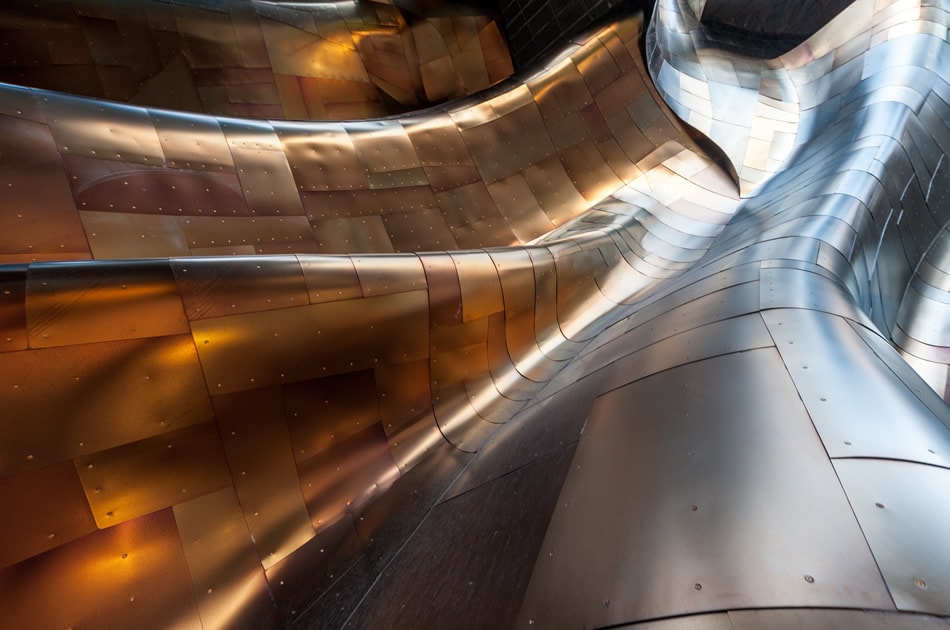
Using lines intelligently empowers your viewers to arbitrarily ascribe meaning to your abstract shot. This is a great effect, as it furthers the purpose of this genre as a way to excite and stimulate.
Think of your shots without lines; your viewers simply wouldn’t have a chance to have their gazes travel through and across your composition. Without lines, viewers’ eyes would simply stay on an element – probably the one with the loudest color – and stay there, neglecting all the other interesting parts of your image.
Be sure to incorporate strong lines into your abstract images, so your viewers can have their eyes guided to the interesting parts of your composition!
4. Show Artistic Expression and Don’t Be Afraid to
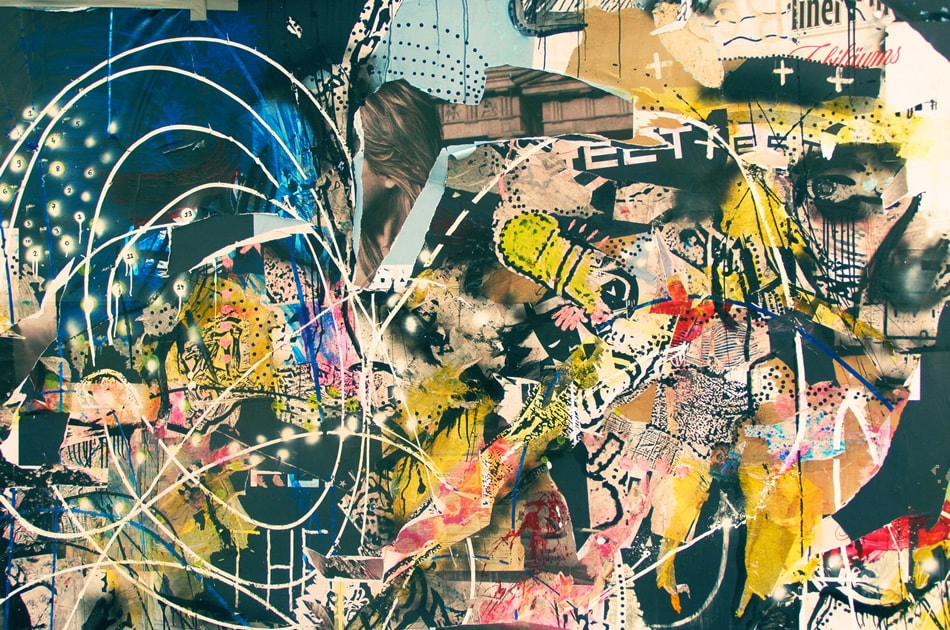
Abstract photography is and should be very subjective. Commonly, viewers may not really understand or recognize what your shot is all about, and that’s totally okay. In fact, that’s the whole point of abstract images. It’s not just that abstraction is very subjective; it’s also quite personal.
That’s the attraction point of it for many photographers. That’s why you shouldn’t be afraid to experiment and display artistic expression whenever you can. That means not to skew to the conventional or the expected in your abstraction. Boldly shoot and compose in such a way that your viewers may well have to scratch their heads at what they’re looking at!
After all, it if provokes any kind of reaction, it’s art.
5. Begin in Your Backyard
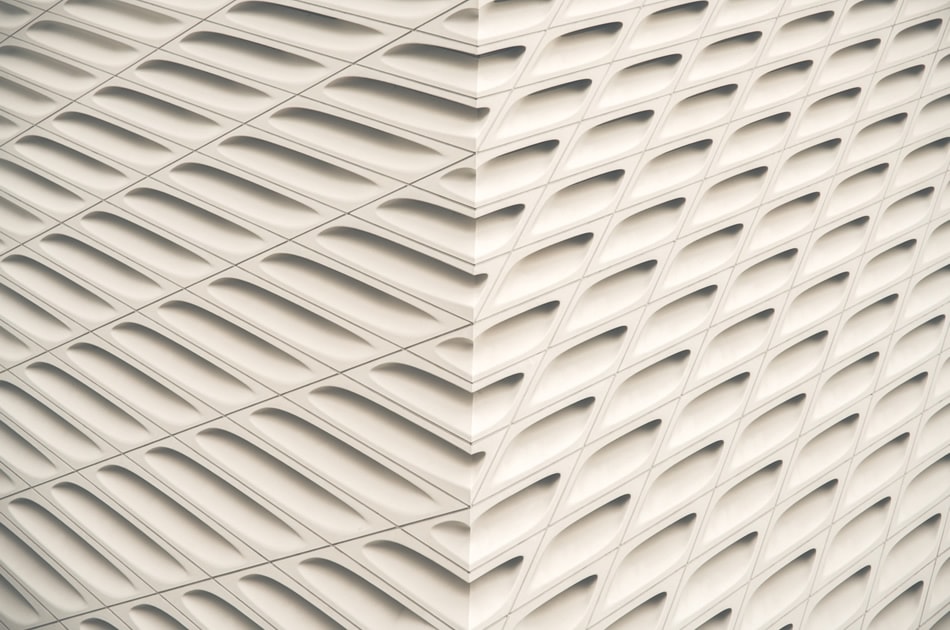
No, not literally in your backyard, but in the place you’re most comfortable in and spend the most time in: your home! Your own house or apartment is an excellent training ground to empower you to become confident with abstract photography in a hurry. Here’s why.
The whole point of abstraction is to take something mundane and express it in such a way that it’s seen in a new and unorthodox light. Well, at home, you’ve got literally hundreds of ordinary, everyday items that you can experiment on.
Here’s an idea that ties into the above example regarding macro photography. Take one of the most boring and dull objects in your home – let’s say a light switch. Use your macro lens and take a shot of it from a unique angle, at a super-close distance, and look at the great result you’ll get! It’s this way of abstracting the ordinary that should form the basis of your approach and philosophy to this photography genre.
6. Take Pictures of Buildings and Structures
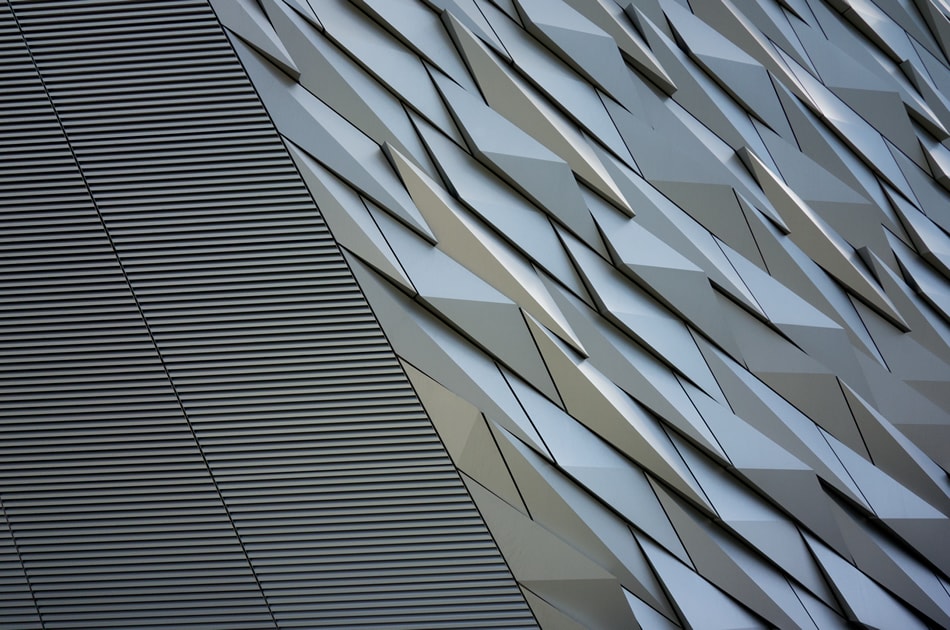
One way to become a good abstract photographer in a hurry is by taking shots of architecture, whether that’s a house, bridge or a tall building. In all forms of architecture, there are always pro-abstract elements like strong lines, interesting patterns, and unique shapes. These are the elements that you should exploit to turn out strong abstract shot after shot.
So get out there and examine your local neighborhood, or go downtown. Take your time to examine a structure from all angles and sides, taking in its strong elements. Then, start shooting.
7. Abstract Is a Good Exercise
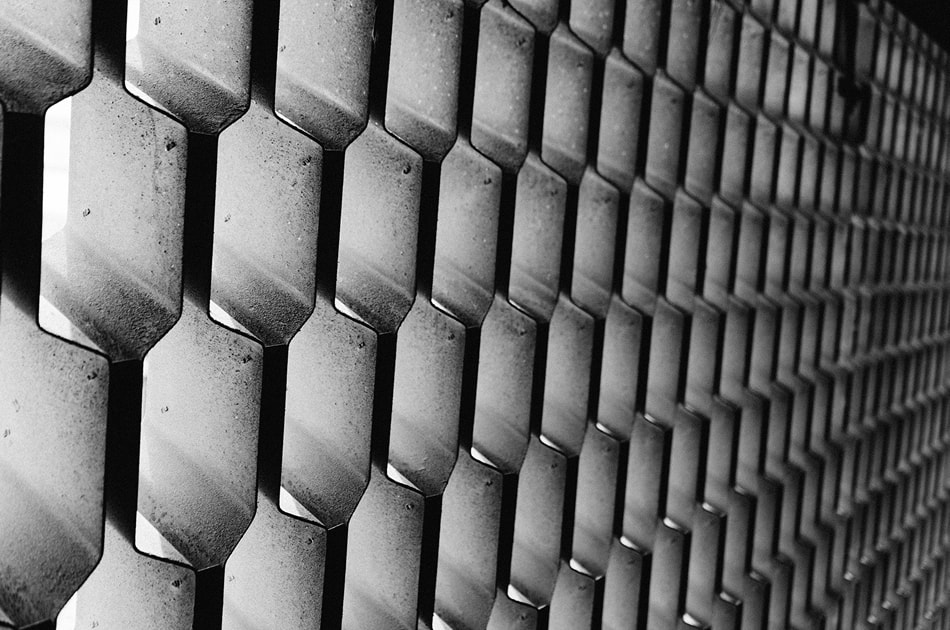
The thing about abstract photography is that it’s the ideal exercise for a photographer who’s looking to increase his photography knowhow. That’s mainly due to the fact that abstract involves looking and thinking outside the box and coming up with compositions and shots that defy the ordinary. That’s what can make abstract truly memorable.
When you’re shooting abstractions, remember above all else that it’s really up to you. There’s no definitive guidebook or way that you should be shooting. This great liberation from photography convention is another thing that makes abstract photography so gratifying.
So what are you waiting for? Get out there (on at least inside your own home!), and start experimenting with abstract images. You won’t regret it.
